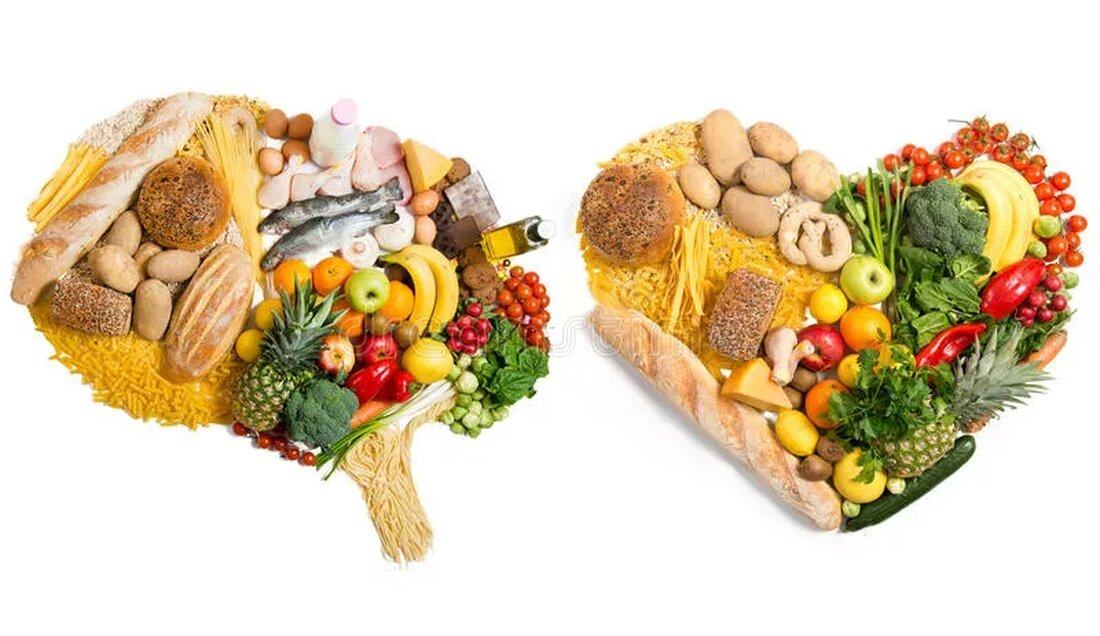History of alternative medicine
The story goes that alternative medicine dates back 5,000 years to traditional Chinese medicine, Indian (Ayuryedic medicine) and similar healing traditions in many cultures. The general belief was that the energy of the body must be in harmony with the mind, body and soul. A doctor merely facilitated healing by identifying and removing obstacles that would inevitably lead to healing. Therapy included lifestyle changes, self-care and preventive measures. What we know today as Complementary and Alternative Medicine (CAM) has roots that go back 5,000 years to Chinese (Traditional Chinese Medicine), Indian (Ayurvedic Medicine) and similar healing traditions. Since …

History of alternative medicine
The story goes that alternative medicine dates back 5,000 years to traditional Chinese medicine, Indian (Ayuryedic medicine) and similar healing traditions in many cultures. The general belief was that the energy of the body must be in harmony with the mind, body and soul. A doctor merely facilitated healing by identifying and removing obstacles that would inevitably lead to healing. Therapy included lifestyle changes, self-care and preventive measures.
What we know today as Complementary and Alternative Medicine (CAM) has roots that go back 5,000 years to Chinese (Traditional Chinese Medicine), Indian (Ayurvedic Medicine) and similar healing traditions. For thousands of years, these diverse medical traditions believed in the energy of the body and the need for harmony between mind, body and spirit. The doctor simply facilitated the healing process by identifying and removing obstacles.
For most of the 19th century, physicians used the same skills as today's herbalists, osteopaths, and nutritionists; They were generous with time and compassion and relied on good bedside manners. Prayer was important, as were “air change,” laxatives, bleeding, and leeches. Until the early 20th century, sick people relied on the same therapies as their ancestors.
The decades after the Second World War brought significant changes. As family physician and journalist James Lefanu noted in his book The Rise and Fall of Modern Medicine, written in the 1950s, a series of medical breakthroughs proved beyond a doubt that previous attempts at cures were nothing more than quackery. New medical breakthroughs included the discovery of penicillin, cortisone (a powerful anti-inflammatory drug), streptomycin (a powerful antibiotic effective in treating tuberculosis), insulin (used to treat diabetes), and chlorpromazine (an antipsychotic that controls schizophrenia). Open heart surgery, hip replacements, kidney transplants, intensive care and successful vaccination programs have saved and improved the quality of untold millions of lives.
It is no surprise that so much power to alter human destiny would, as Lefanu suggests, "lead to the abandonment of home remedies such as massage, manipulation and nutritional advice, only for them to be taken up by alternative practitioners." That's exactly what happened - with a dramatic explosion in the growth of "alternative" therapies in the second half of the 20th century. Alongside modern medicine, CAM began to emerge as an entirely separate discipline – disdaining the achievements of conventional medicine while simultaneously being dismissed by mainstream practitioners as ineffective and fraudulent. For most people, getting the most out of conventional and alternative medicine has been a delicate process. Those who chose both general and alternative medical care found that the best strategy was to remain calm to avoid criticism. Those who have tried using both services have learned this to avoid criticism.

 Suche
Suche
 Mein Konto
Mein Konto
